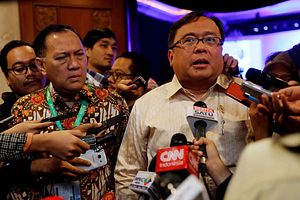When English businessman Neil Heywood was found dead at a hotel in Chongqing in 2011, the Chinese authorities were quick to dismiss the cause of death as “overconsumption of alcohol.” But it didn’t take long for the truth to surface. The case was reopened and, the following year, the wife of the city’s Communist Party chief and her aide were convicted of murder by poison. Their motive was an “economic conflict,” the authorities were reported saying.
Five years later, further details of the conflict behind the Heywood case emerged from documents leaked from the Panamanian law firm Mossack Fonseca.
In April, a group of journalists reported that the alleged murderer, Gu Kailai, set up a company in the British Virgin Islands to buy a luxury villa in the south of France. “Gu murdered the associate because she was afraid he would reveal publicly that she owned the villa,” said Alexa Olesen, one of the reporters who combed through the massive cache of leaked documents. Now Gu’s secret dealings were unveiled. “I was stunned to find links” between the scandal and Mossack Fonseca, Olesen said. (Mossack Fonseca denied any wrongdoing.)
The investigation was part of the “Panama Papers,” the project led by the German newspaper Suddeutsche Zeitung and the International Consortium of Investigative Journalists (ICIJ) which, since its publication in April, has made waves across the world with revelations about the use of offshore companies by heads of states, celebrities and sportsmen, criminals, and business tycoons.

































